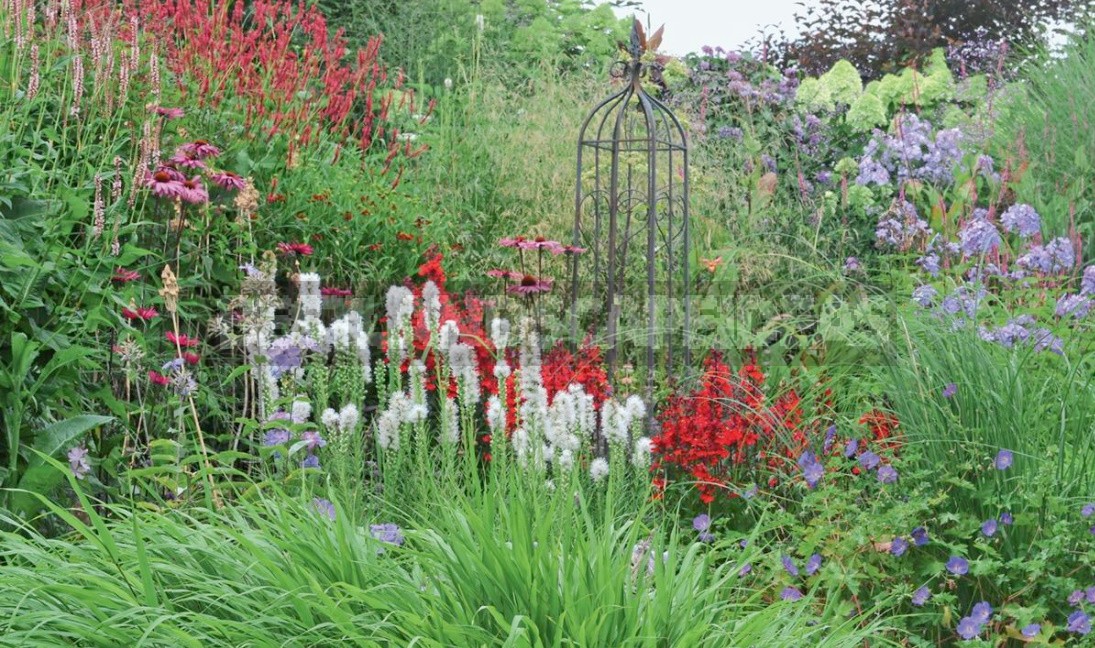
It is easy to find plants with inflorescences- “daisies” or panicles, but “candles” are less common. This is exactly what liatris is — in any flower garden she plays the role of a festive fireworks display.
Portrait of a plant
These unpretentious winter-hardy perennials form dense bushes with erect stems, covered from top to bottom with numerous very narrow leaves. The top of each peduncle is decorated with fluffy “candles” of inflorescences of various shades of pink and purple. They can also be white. Liatris usually blooms in mid-to late summer, but in the southern regions it blooms about a month earlier.
In total, about 40 species of liatris are known, all of them from North America. However, only a few of them can be found in the gardens:
- The most popular among flower growers is Liatris spicata with long dense candles of inflorescences. Known varieties: purple ‘Kobold’ (height 30-45 cm) and ‘ Floristan Violett ‘(80-90 cm), white ‘Alba’ (60 cm) and ‘Floristan Weiss’(80-90 cm), light purple ‘Septemberglory’ (90 cm) and dark purple with a particularly bright autumn foliage color ‘Picador’ (90 cm). The Floristan series was developed for use in floristry: these cultivars are distinguished by long inflorescences on short stems and can be grown from seed.
- L. scariosa (70 cm) and L. pycnostachya (80-120 cm) are quite similar to each other.
- L. microcephala reaches only 30 to 60 cm in height.
In these four species, the inflorescences open from top to bottom, which is quite unusual.
- In L. aspera (80-120 cm), the “candles” are much looser, and the flowers, collected in separate bundles, open all at the same time or from the bottom up.
Optimal conditions
Liatris loves the sun, but will grow and bloom in light partial shade. There are no special requirements for the mechanical composition of the soil, it is only important that the water does not stagnate.
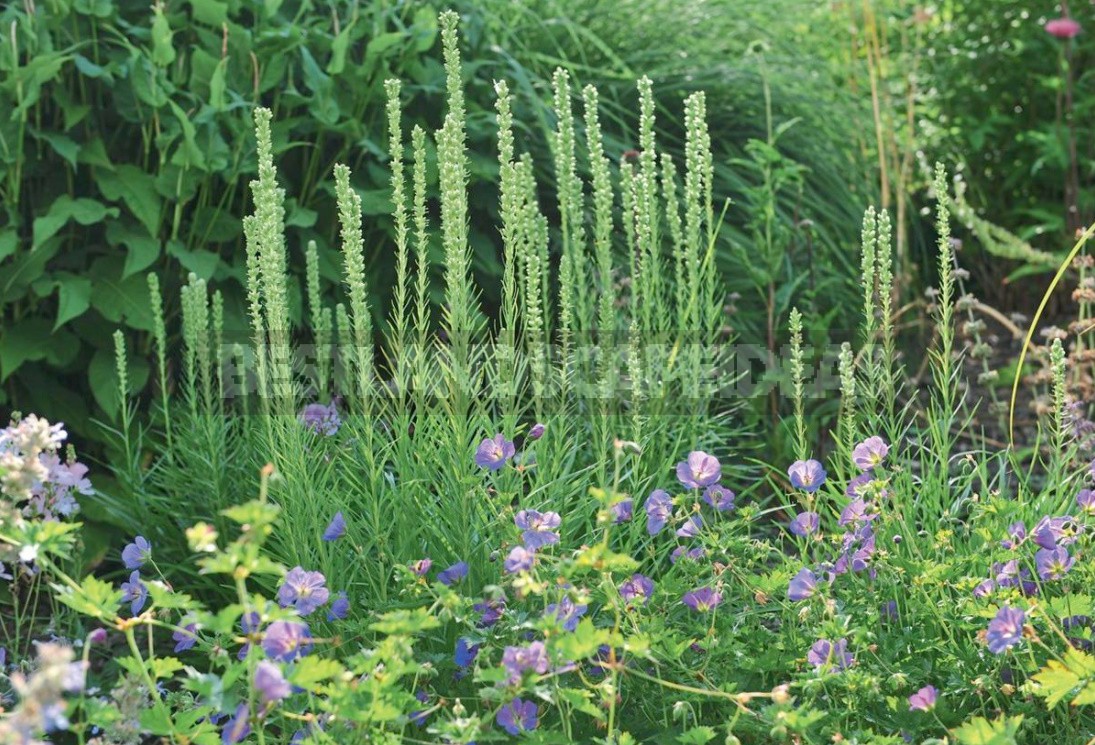
Liatris spicata and Liatris pycnostachya prefer the soil to be moist in summer. However, even their roots can rot if the dampness in winter and in the off-season is combined with heavy soils. All other species are drought-resistant. Liatris thrives on poor and moderately fertile soils. And on rich or improved compost, the bushes will be sprawling and tall, the stems may fall apart and require garters.
Care during the season
- Spring. It is best to plant new plants, replant and divide old ones in early spring. Potted seedlings or large beds are planted at a distance of 30 cm, that is, about 9 pieces per 1 m². Rhizomes that are sold in packages in spring (very often they can be found among bulbous and dahlias blooming in summer) are planted at a distance of 10 cm from each other to a depth of 5 cm. In the absence of rain, new plantings should be watered regularly. Liatris responds well to mulching with organic material. For tall species and varieties, it is worth installing props in the spring. It is better if it is not a very noticeable cellular structure (made of branches, metal, etc.), through which liatris can grow.
- Summer. At the end of flowering, the inflorescences can be removed completely, leaving only bushes of neat foliage or leave to narrow beautiful vertical copulations to decorate the flower garden before snow. In the latter case, you can expect self-seeding. In a drought, you need regular abundant watering.
- Autumn. In early September, you can also divide old bushes or plant new acquisitions, but in the spring it is preferable. You can cut the bushes to the ground immediately after the leaves wither or in early spring. Weeding planting with liatris is best in the fall.
Reproduction
Liatris can grow for many years in one place, without requiring anti-aging division. If you want to divide a large bush or propagate a favorite variety, it is best to do it in spring or autumn. Liatris is dug up with a lump of earth. Its rhizomes are superficial, they look like nests of small tubers with small roots. The excavated rhizomes are carefully cleaned from the ground and divided.
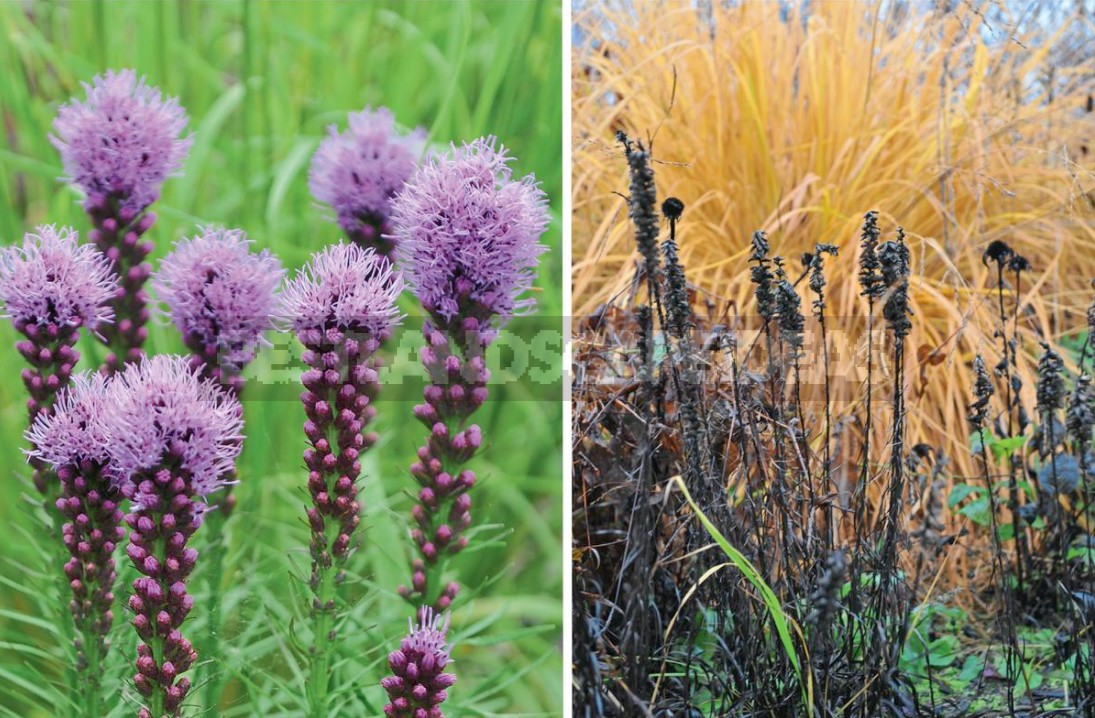
Specific plants can be propagated both by division and by sowing seeds. They are sown in the open ground for winter or for seedlings in early March. Seeds are not sprinkled, just pressed into the ground. When sowing seedlings, keep the soil constantly moist, but not wet, at a temperature of about +20°C. When seedlings appear in 3-4 weeks, the box with seedlings is put in a cooler, brighter place.
Problems and solutions
The rhizome of liatris is a favorite food of voles. Therefore, if you have a lot of mice on the site, protect the underground part of liatris from rodents with a wire mesh.
On wet soils with stagnant water, liatris is susceptible to root and stem rot – for planting the plant, you need to select only a well-drained area. Other pests and diseases-nematodes, powdery mildew and rust-usually attack liatris so rarely that they should not be considered seriously.
In flower beds where liatris is adjacent to ornamental grasses, herbs are often sown directly into the curtains of liatris. In spring, such unwanted seedlings cannot be distinguished from similar young liatris leaves. However, in autumn, liatris will die much earlier than cereals, and their yellow-green leaves are clearly visible in brown bushes. It’s time for weeding!
10 ideas for flower beds with liatris
1. Liatris is used to reaching for the sun among a variety of numerous neighbors in the North American meadows. And this habit makes it a great vertical accent in any flower garden. In a traditional English mixborder in a cottage garden, it is in this role that liatris is often used.

2. Compact cultivars liatris will bring juicy colors to the palette of rockery, diluting the greens of coniferous and groundcover plants.
3. Purple types and varieties of liatris will perfectly fit into a thematic purple flower garden. Good neighbors in the palette will be varieties of Phlox paniculata, monards, Persicaria amplexicaulis, Salvia nemorosa, Hylotelephium with dark foliage and other perennials.
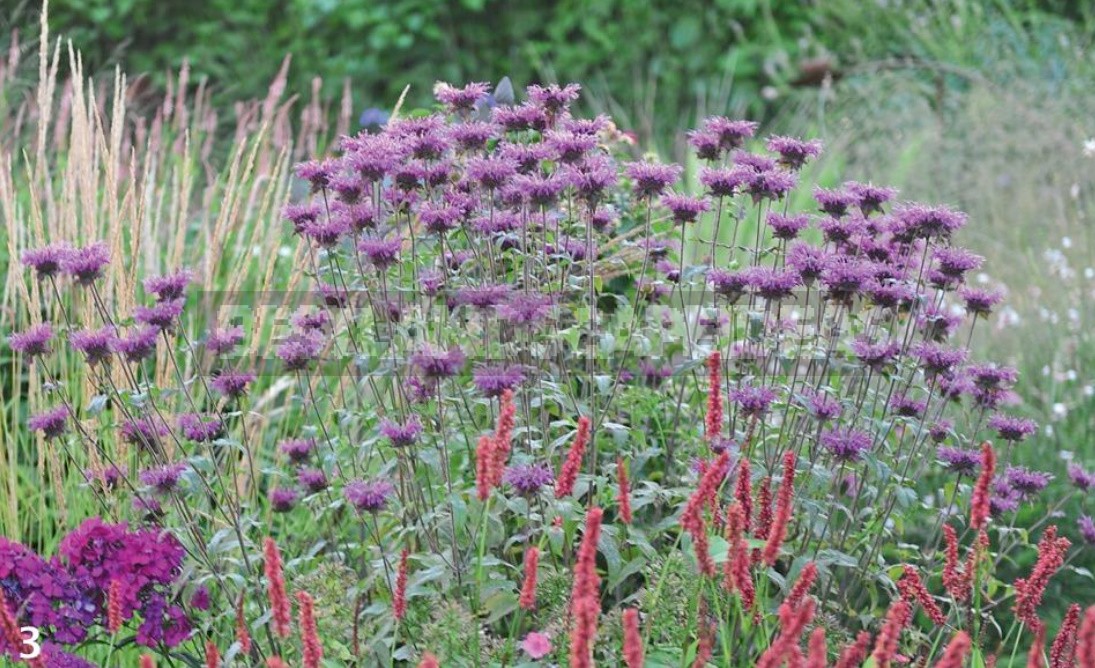
4. In addition to nuanced coloristic flower beds, you can also make contrasting compositions: purple liatris varieties are effectively combined with perennials with yellow flowers and foliage.
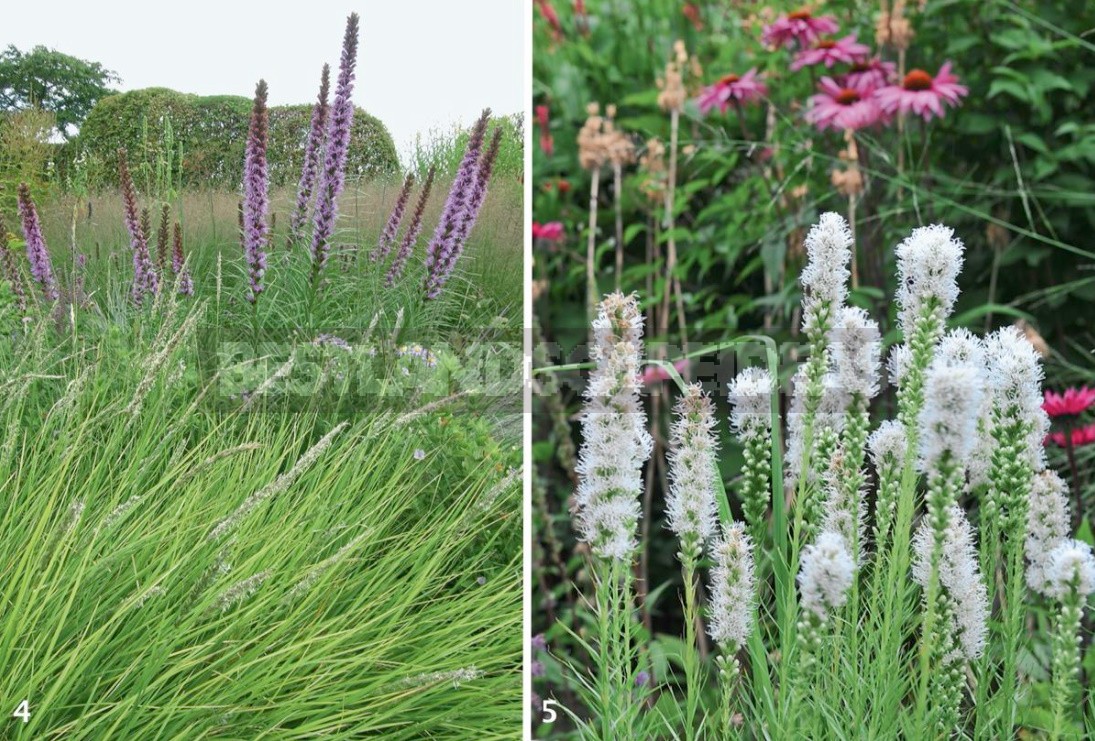
5. White varieties of liatris will complement the composition of a white garden or reduce the degree in a ” hot ” flower garden with red, orange or yellow flowers.
6. Liatris bushes are attractive even before flowering due to their dense structure, densely leafy stems and long narrow foliage. From spring to June, they perfectly cope with the role of ornamental plants.
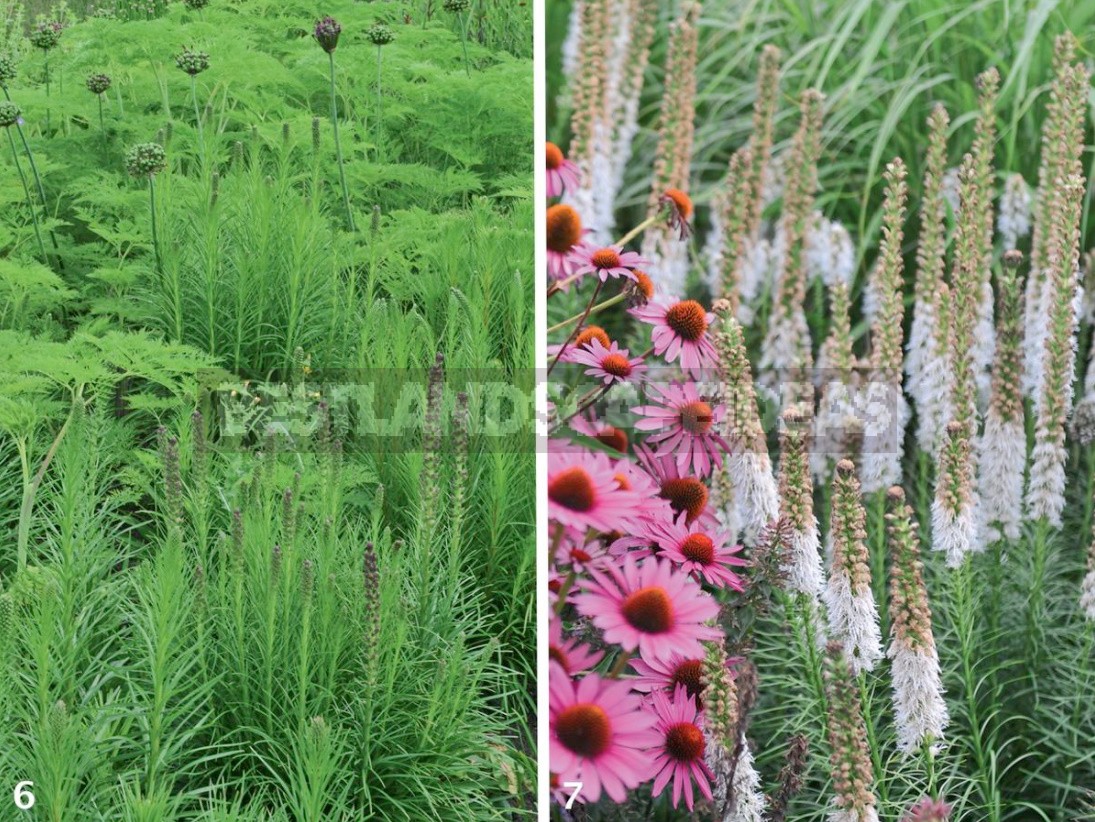
7. Vertical “candles” liatris and ask them to pick up their neighbors perennials with flat inflorescences-Achillea, Hylotelephium-or with large “daisies”: Leucanthemum, Echinacea. This partnership pleases with a spectacular contrast in the shape of inflorescences.
8. With a decrease in temperature, the color of the leaves of liatris becomes bright yellow or wine-red. This autumn color will be a bright accent in the September flower garden.
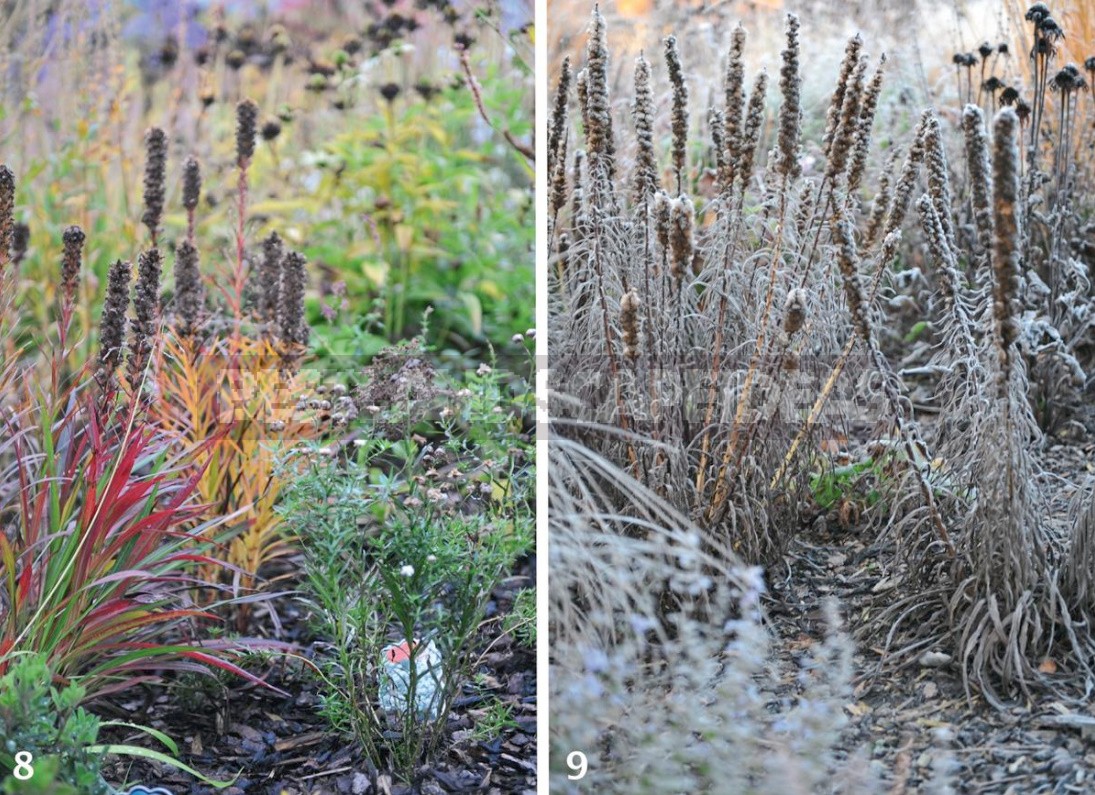
9. And when the leaves wither, the narrow candles of the fruit trees will adorn the pre-winter flower garden, until the wind and birds will not spread the seeds, and the bushes will not fall asleep with snow. Liatris, covered with frost, looks charming.
10. In meadow and prairie flower beds, among ornamental grasses and new perennials, liatris is a recognized “star” that attracts butterflies and bees to the garden. In such flower beds, it is planted denser – up to 12 bushes per 1 m².
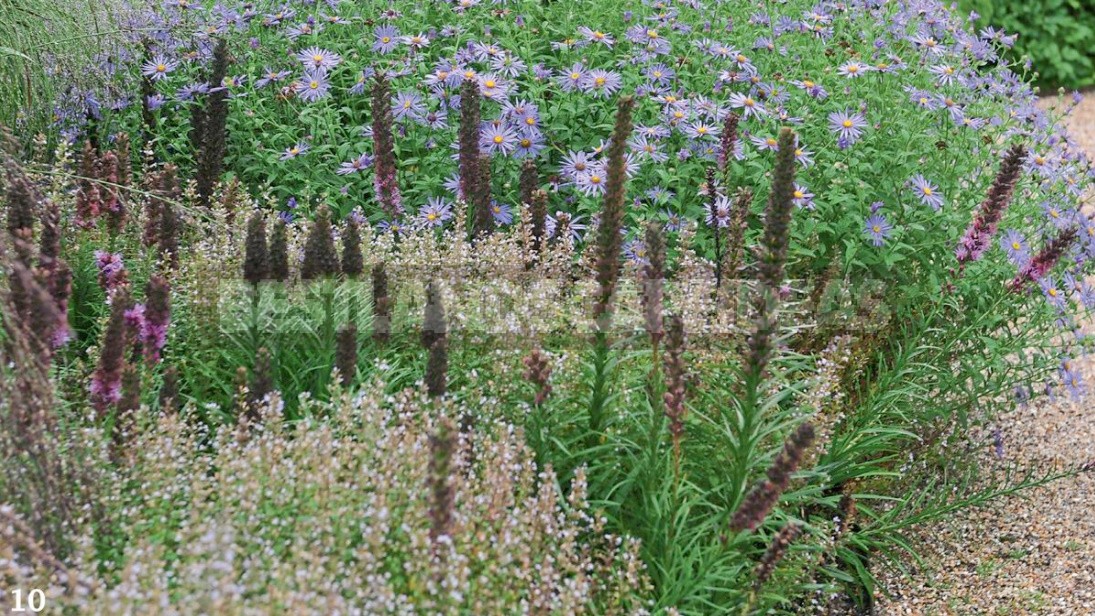
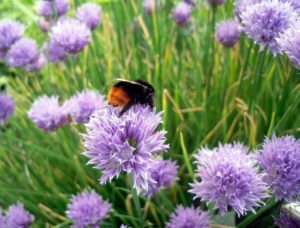
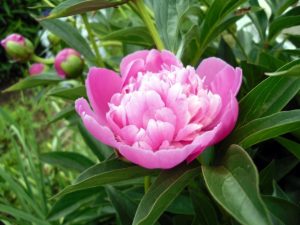


Leave a Reply